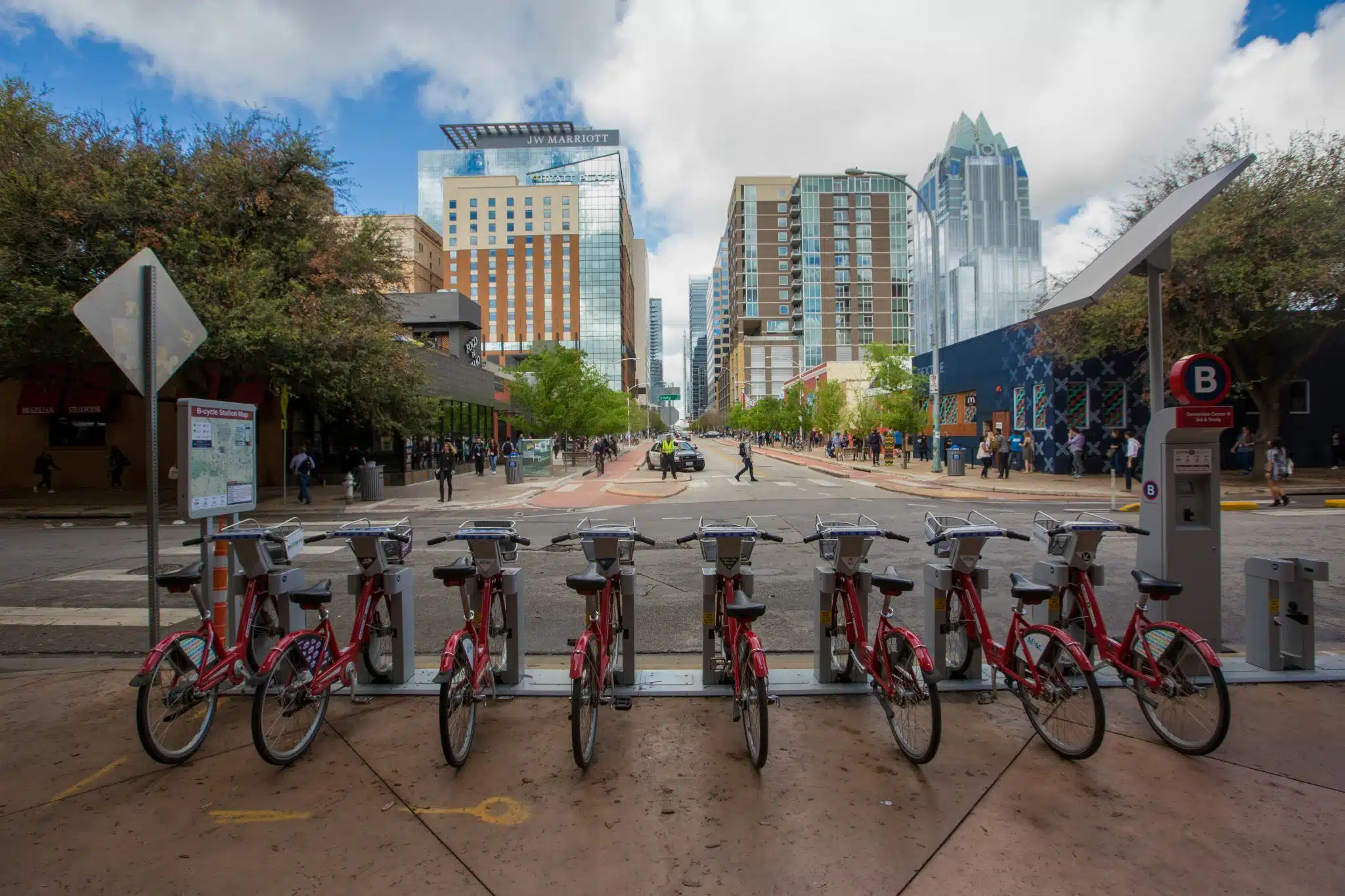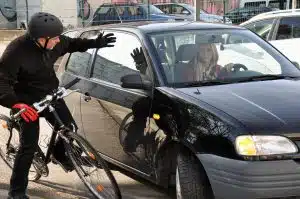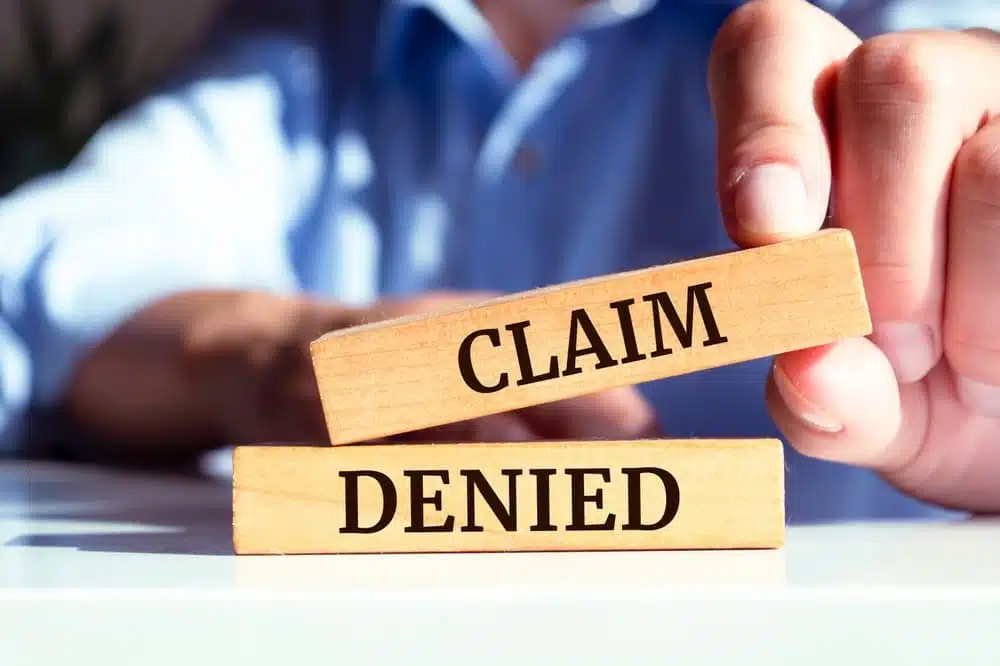
If you or a loved one suffered injuries in a bicycle accident in New York due to someone else’s negligence, you’re likely grappling with physical pain, emotional trauma, and mounting medical bills. During this challenging time, understanding your rights and the legal landscape can feel overwhelming. You may be wondering, “What are New York’s bicycle laws, and how do they affect my situation?“
You need to understand the bicycle laws in New York to protect your rights and seek the compensation you need. These laws not only govern how cyclists should behave on the road but also outline the responsibilities of motorists and other road users. If someone’s negligence or wrongdoing led to your accident, you shouldn’t have to bear the burden of medical bills, lost wages, and other damages alone.
Consider reaching out to a New York bicycle attorney for a free consultation. They can guide you through the complexities of New York’s bicycle laws and help you understand your options for seeking fair compensation.
New York Bicycle Accident Guide
- General Traffic Laws for Cyclists in New York
- New York’s Bicycle Equipment Requirements
- Riding Locations and Restrictions in New York, New York
- Rules for Motorists Interacting with New York Cyclists
- New York E-Bike and E-Scooter Regulations
- Accident Reporting and Liability in New York
- Determining Fault in Bicycle-Car Collisions
- Insurance Considerations for Cyclists
- Contact an Experienced New York Bicycle Accident Attorney Today
General Traffic Laws for Cyclists in New York
In New York, cyclists have the same rights and responsibilities as motorists. This means they’re entitled to use the roads and must follow the same traffic rules. Cyclists can ride on most streets, even when a bike lane isn’t available.
As a cyclist, you’re entitled to:
- Use a full lane when necessary for safety
- Ride two abreast (side-by-side) on roadways
- Be given at least 3 feet of space when vehicles pass you
However, with these rights come important responsibilities:
- Obeying all traffic signs and signals
- Using hand signals to indicate turns and stops
- Yielding to pedestrians
Following Traffic Signals and Signs
Just like drivers, cyclists must obey traffic lights, stop signs, yield signs, and other road markings. This includes coming to a complete stop at red lights and stop signs, and yielding to oncoming traffic when turning left.
Remember, predictability is key to staying safe on the road. By following traffic signals and signs, you make your movements more predictable to other road users, reducing the risk of accidents.
Riding with Traffic Flow
New York law requires cyclists to ride in the same direction as traffic. This might seem counterintuitive if you’re worried about being hit from behind, but riding against traffic is actually much more dangerous. When you ride with traffic:
- Drivers have more time to see you and react
- You’re more visible at intersections
- You can better anticipate and react to traffic
Riding in the correct direction also allows you to take advantage of bicycle infrastructure like bike lanes and traffic signals designed for cyclists.
New York’s Bicycle Equipment Requirements
Like most other states, New York has specific requirements for bicycle equipment:
Helmet Laws
While New York State doesn’t require adult cyclists to wear helmets, it’s strongly recommended for your safety. However, there are specific helmet laws to be aware of:
- Children under 14 years old must wear a helmet when riding a bicycle
- All riders and passengers on e-bikes must wear helmets, regardless of age
If you’re involved in an accident, wearing a helmet can not only protect you from serious head injuries but may also strengthen your case if you need to seek compensation.
Lighting and Reflector Requirements
To improve visibility and safety, especially during low-light conditions, New York law requires certain lighting equipment on bicycles:
- A white headlight visible from at least 500 feet ahead
- A red tail light visible from at least 300 feet behind
- At least one reflector on the rear
Cyclists must use these lights from dusk to dawn. While not required by law, additional reflectors or reflective clothing can further increase your visibility to motorists.
Bell or Audible Signal Device
Every bicycle in New York must be equipped with a bell or other device capable of giving an audible signal for at least 100 feet. However, sirens and whistles are not permitted.
This requirement isn’t just about following the law—it’s a crucial safety feature. Being able to alert pedestrians, other cyclists, or even distracted drivers to your presence can help prevent accidents.
Riding Locations and Restrictions in New York, New York
New York City has an extensive network of bike lanes, and when present, cyclists are required to use them unless they’re blocked, unsafe, or you need to make a turn. There are three types of bike lanes in NYC:
- Protected bike lanes: Physically separated from traffic
- Conventional bike lanes: Marked by painted lines on the road
- Shared lanes: Marked with “sharrows” indicating shared use with vehicles
Using bike lanes when available not only complies with the law but also provides a safer riding experience separated from faster-moving traffic.
Riding on Sidewalks
In New York City, riding a bicycle on the sidewalk is prohibited unless signs indicate otherwise or the cyclist is 12 years old or younger and the bicycle’s wheels are less than 26 inches in diameter. This rule exists to protect pedestrians and ensure smooth sidewalk traffic.
Violating this rule can result in fines and, more importantly, increase the risk of collisions with pedestrians. If you need to access a building or parking spot, it’s best to dismount and walk your bike on the sidewalk.
Restrictions in Parks and on Bridges
Many of New York’s parks offer excellent cycling opportunities, but it’s important to be aware of specific rules:
- In Central Park, cyclists must follow the park’s internal traffic lights and stay in designated bike lanes
- Prospect Park in Brooklyn has similar rules, with specific hours for shared cyclist and pedestrian use of the main loop
As for bridges, cycling rules can vary:
- The Brooklyn Bridge has a dedicated cyclist path separate from pedestrians
- The Manhattan Bridge has separate paths for cyclists and pedestrians
- The Williamsburg Bridge allows cycling on the south side of the bridge
Always check for signage and follow any posted rules or restrictions when cycling in parks or crossing bridges.
Rules for Motorists Interacting with New York Cyclists
New York also has a set of laws that vehicle drivers must follow to reduce colliding with bicyclists:
Safe Passing Distance
New York State law requires motorists to pass cyclists at a “safe distance.” While the law doesn’t specify an exact distance, many safety advocates recommend at least 3 feet of space.
This rule is crucial for cyclist safety, as it provides a buffer zone to account for sudden movements or obstacles that might cause a cyclist to swerve. If you’ve been injured because a driver passed too closely, this law could be important in establishing their negligence.
Right-of-Way Rules
In general, cyclists have the same right-of-way rules as other vehicles. This means:
- At intersections without traffic controls, the vehicle (including bicycles) on the right has the right-of-way
- Vehicles (including bicycles) already in the intersection have the right-of-way
- Left-turning vehicles must yield to oncoming traffic, including bicycles
However, all road users, including cyclists, must yield the right-of-way to pedestrians in crosswalks.
Dooring Laws
“Dooring” occurs when a vehicle occupant opens a door into the path of an oncoming cyclist. In New York, it’s illegal to open a vehicle door on the side of moving traffic unless it’s reasonably safe to do so and doesn’t interfere with traffic.
If you’ve been injured in a dooring incident, the vehicle occupant could be liable for your injuries. This law underscores the responsibility of drivers and passengers to check for cyclists before opening their doors.
New York E-Bike and E-Scooter Regulations
New York recognizes three classes of e-bikes:
- Class 1: Pedal-assist only, with a maximum speed of 20 mph
- Class 2: Throttle-assisted, with a maximum speed of 20 mph
- Class 3: Pedal-assist only, with a maximum speed of 25 mph (only allowed in New York City)
You need to understand these classifications, as they determine where and how you can legally operate your e-bike.
Where You Can Ride E-Bikes and E-Scooters in New York
E-bikes and e-scooters are generally allowed wherever regular bicycles are permitted, with some exceptions:
- Class 3 e-bikes are only allowed in New York City
- Some parks and trails may have specific restrictions on e-bikes and e-scooters
- E-scooters are not permitted on sidewalks unless local laws allow it
Always check local regulations, as some municipalities may have additional restrictions or requirements.
Age Restrictions and Licensing Requirements
Unlike motor vehicles, e-bikes and e-scooters don’t require a license to operate. However, there are age restrictions:
- Class 1 and 2 e-bikes: Minimum age of 16
- Class 3 e-bikes: Minimum age of 16 in New York City
- E-scooters: Minimum age of 16
While no license is required, all e-bike and e-scooter riders must follow traffic laws and safety regulations.
Accident Reporting and Liability in New York
If you’re involved in a bicycle accident in New York, take these crucial steps:
- Ensure your safety: Move to a safe area if possible
- Call 911: Report the accident and request medical assistance if needed
- Document the scene: Take photos and gather contact information from witnesses
- Obtain driver information: Get the name, contact details, and insurance information of any involved motorists
- Seek medical attention: Even if you feel fine, some injuries may not be immediately apparent
- Report the accident: File a report with the police or DMV within 10 days if property damage exceeds $1,000 or if there are injuries
- Contact an attorney: Speak with a bicycle accident attorney to understand your rights and options
Determining Fault in Bicycle-Car Collisions
New York follows a “pure comparative negligence” rule, meaning you can seek compensation even if you’re partially at fault for the accident. Your compensation will be reduced by your percentage of fault.
Fault is determined by considering factors such as:
- Who had the right-of-way
- Whether traffic laws were violated
- Road and weather conditions
- Witness statements
- Physical evidence from the accident scene
An experienced bicycle accident attorney can help gather evidence to establish fault and maximize your potential compensation.
Insurance Considerations for Cyclists
While New York doesn’t require cyclists to carry insurance, it’s worth considering:
- Your auto insurance may provide some coverage if an uninsured motorist hits you.
- Homeowners or renters insurance might cover theft or damage to your bike.
- Some cyclists opt for specific bicycle insurance for comprehensive coverage.
If a motor vehicle hits you in New York, the driver’s auto insurance should cover your injuries and damages. However, if the driver is uninsured or underinsured, you may have to rely on your own insurance policies, which is why you need to ensure you have adequate coverage.
Contact an Experienced New York Bicycle Accident Attorney Today
If a negligent driver or some other factor beyond your control caused a bicycle accident in New York that injured you, don’t delay in getting experienced legal representation. The New York personal injury attorneys at the Rothenberg Law Firm LLP have helped thousands of injured clients throughout New York over the past 50+ years. We can help you secure the compensation you need for your medical bills, lost income, property damage, and other losses. We can even help you obtain compensation for the pain and suffering you’ve endured because of your injuries.
Don’t let confusion about your rights or the legal process prevent you from seeking the justice you deserve. The Rothenberg Law Firm LLP offers free initial consultations, allowing you to discuss your case with a knowledgeable attorney without any financial commitment. We also work on a contingency fee basis, so you won’t pay attorney fees unless and until we recover compensation for you.
Begin the process of getting the financial recovery you need and the justice you deserve. Contact the Rothenberg Law Firm LLP today for your free case evaluation. Let us put our experience and resources to work for you and improve your chances of obtaining maximum compensation.





